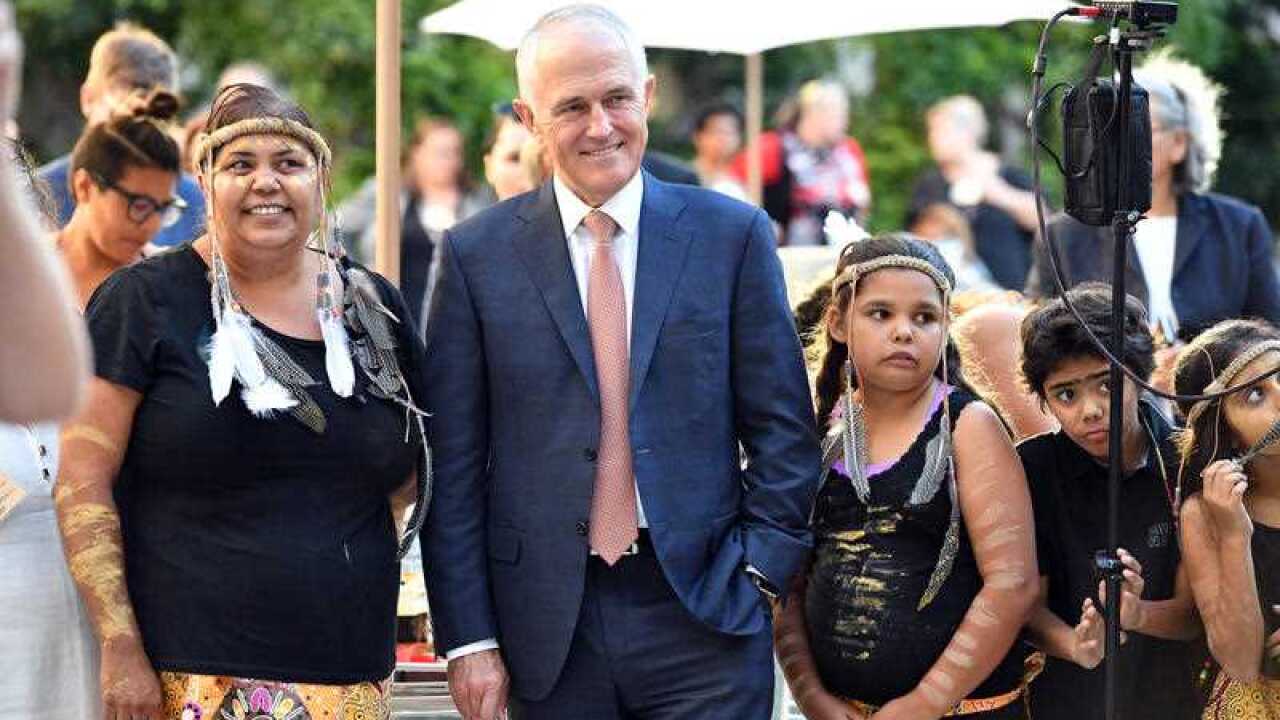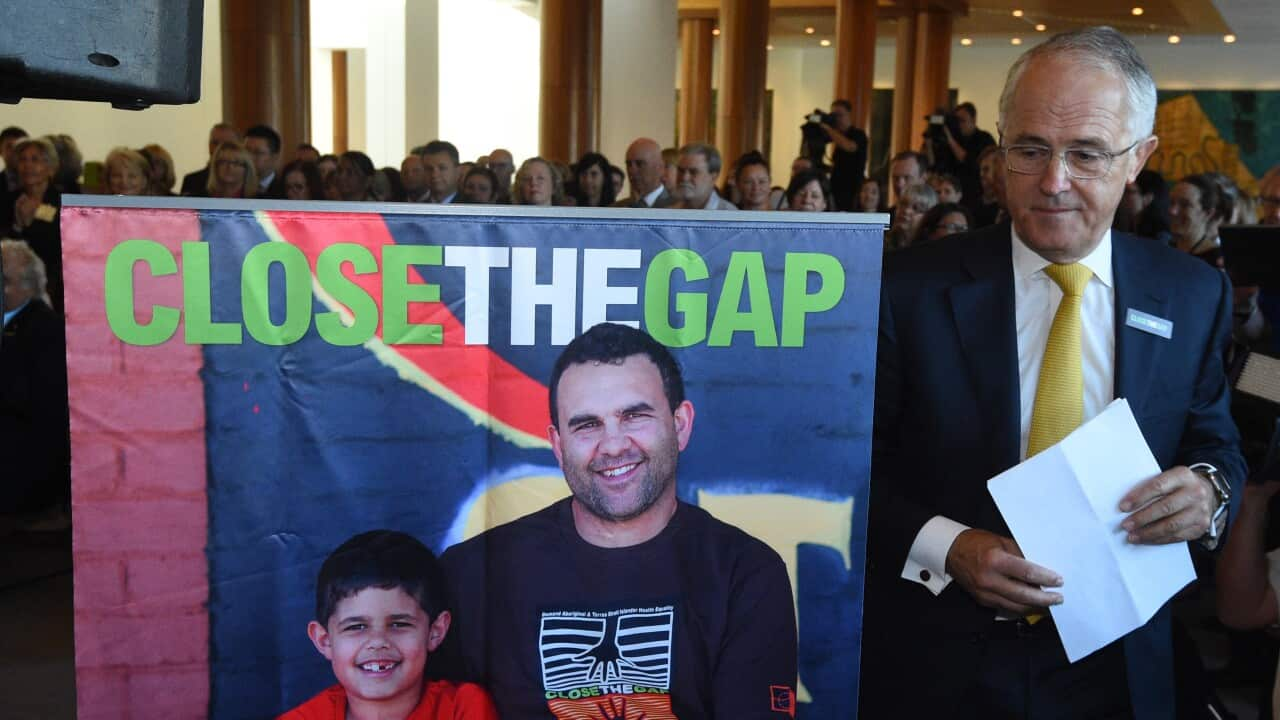It's almost a decade since the Federal Government began its promise to Indigenous Australians.
Former Social Justice Commissioner Tom Calma made the call in his 2005 report. Mr Calma urged governments to commit to achieving equality for Aboriginal and Torres Strait Islander peoples in health and life expectancy.
At the time, the Indigenous population died 17 years younger than non-Indigenous Australians, Indigenous children were over-represented in the child protection system by more than six times, and were locked up in juvenile detention at more than 40 times the rate of non-Indigenous youth.
Non-government agencies were the first to respond to the appeal - launching the national Close the Gap campaign two years later.
Then in 2008, Australian governments backed it up. They committed to specific targets for reducing inequalities in Aboriginal and Torres Strait Islander life expectancy, mortality, education and employment. A seventh target to close the gap in school attendance was added in 2014.
But the original Closing the Gap targets were developed without consultation from Indigenous Australians.
"[And they were developed] without the direct involvement of state and territory governments – which meant targets were not as effective or as well directed as they should have been," Indigenous Affairs Minister Nigel Scullion said in a statement.
Now, the Closing the Gap strategy is about to enter its tenth year and this time governments want to hear direct from Aboriginal and Torres Strait Islander peoples.
"A new approach to Closing the Gap must value the aspirations, strengths and successes of First Australians. Importantly, it must be built on meaningful conversations with Aboriginal and Torres Strait Islander Australians," Mr Scullion said.
But the move has many in the Indigenous sphere asking if the government didn't listen to the community on constitutional recognition, why would they listen now?
It comes after the ninth Closing the Gap report, released in February, showed widespread failure to meet targets.
The government reported it was on track to halve the gap in Year 12 attainment rates by 2020 and could potentially close the gap in access to early childhood education by 2025.
But the government did not meet any other targets to close or reduce the gap in life expectancy, infant mortality, education and employment.
Speaking in parliament in response to the report, Prime Minister Malcolm Turnbull acknowledged "we are still not making enough progress."
"While we must accelerate progress and close the gap, we must also tell the broader story of Indigenous Australia, not of despondency and deficit, but of a relentless and determined optimism," he said.
Now, in its refresh, four of the seven key targets will expire in 2018 with some stagnating and others going backwards.
Minister Scullion said that for the first time the states would establish targets in areas for where they were responsible and prepare action plans to support them.
He has previously resisted calls to include an incarceration target, saying it falls within the domain of the states, but it might now be on the table.
It was a target the National Congress of Australia's First Peoples was determined to have included.
"We know the government at the moment is hesitant to include justice targets in a national framework when they are the states and territories responsibility, but so is education and health," National Congress Co-Chair Rod Little said.
"I'm not fully confident that the Federal government will enable justice targets to be incorporated at this point, however with our national justice voices would and could describe the alignment or potential effects with other targets to make sense of why they could be included," Mr Little told NITV.
National Congress, along with 50 other Aboriginal and Torres Strait Islander peak bodies and organisations, created the Redfern Statement which was presented to government ahead of its report being handed down.
It was a response to the failures of the Closing the Gap strategy calling for all governments to listen to First Australians, and to commit to Indigenous-led solutions.
In turn, the Federal Government reached out to National Congress last year to begin to rebuild relations after the body was left without funding under the Abbott government.
Now, for the first time, National Congress has a seat at the table.
"Congress believes it is an opportunity for proper engagement and proper negotiation on behalf of our people and organisations. Do things with us, not to us! With us at the table and having a key role, I believe we’re more likely to achieve better outcomes," Mr Little said.
They were invited to participate in the Closing the Gap refresh consultation process, but they say details have been limited.
In a communique to their members, Congress stated, "[there was] no allotted time or specific pre-consultation funding, however, was agreed to or put in place for National Congress to co-design the CtG Refresh consultation program," and "no MOU relating to National Congress was drafted and signed by both parties."
All Australians have been invited to make submissions to a COAG discussion paper investigating whether connection to country, breaking intergenerational transmission of poverty and community safety should also be aims.
Consultations have already been ongoing for a number of months through specific roundtables held in Broome, Dubbo and Cairns with more expected across the country in coming months.
- with APP














